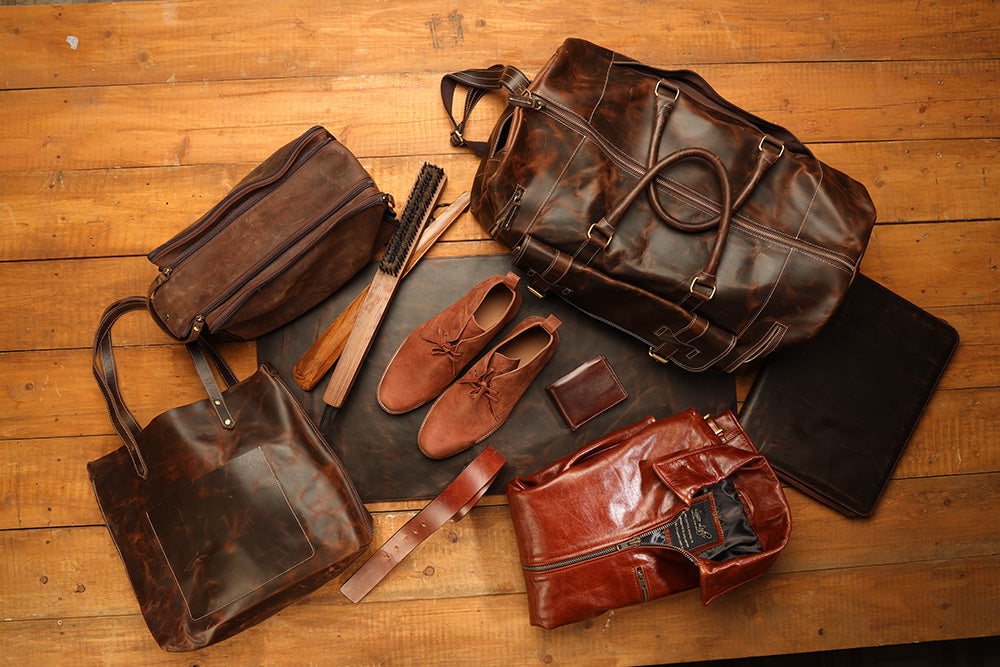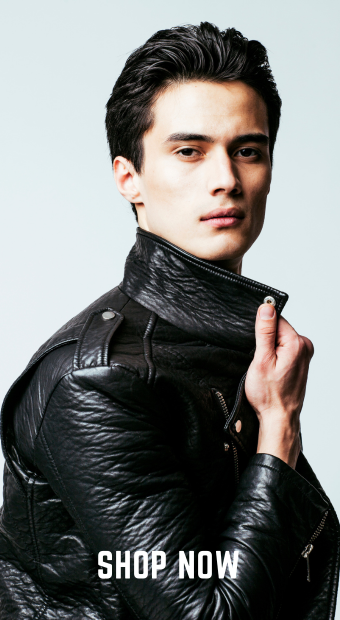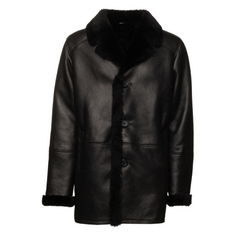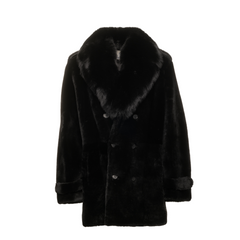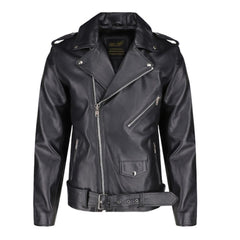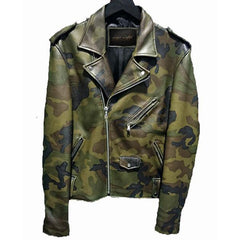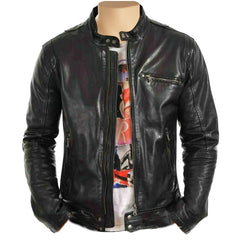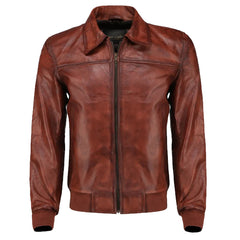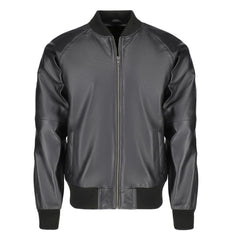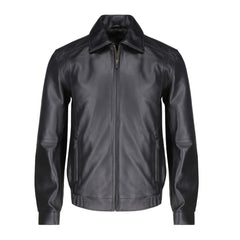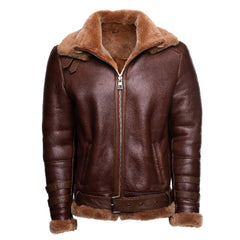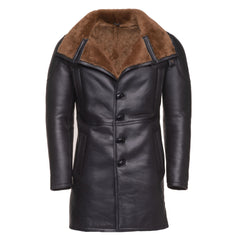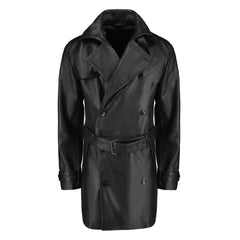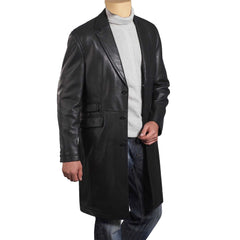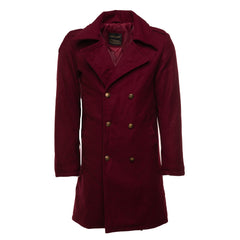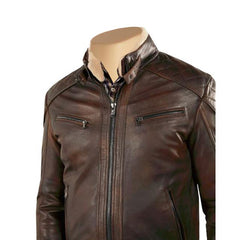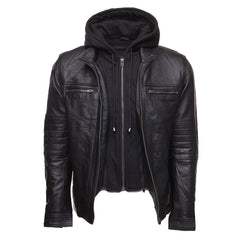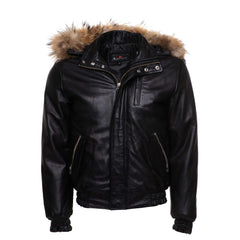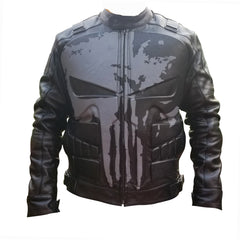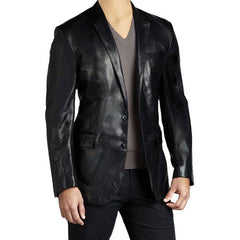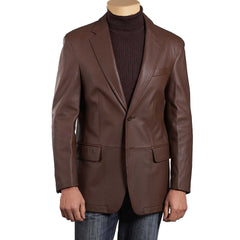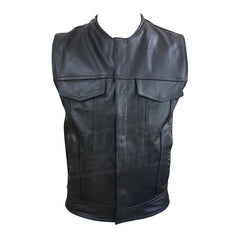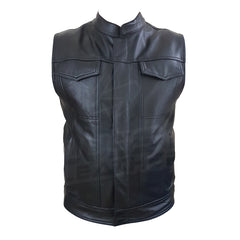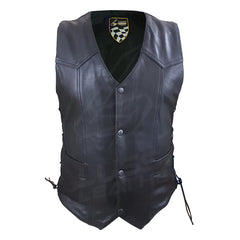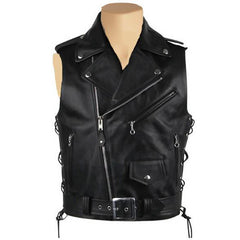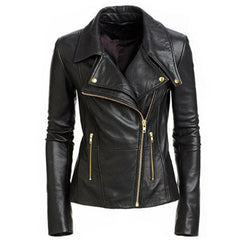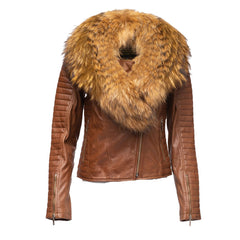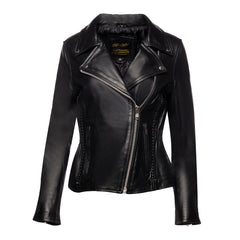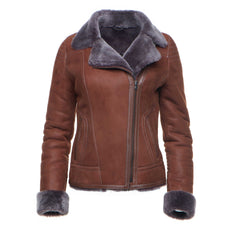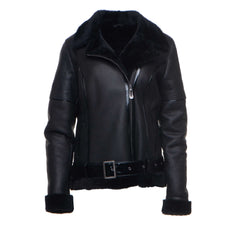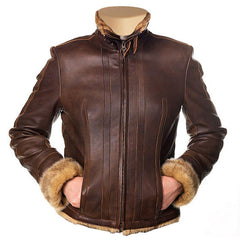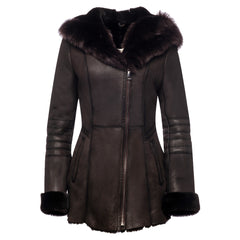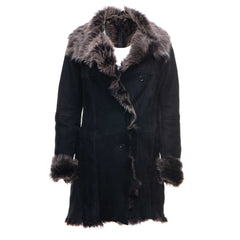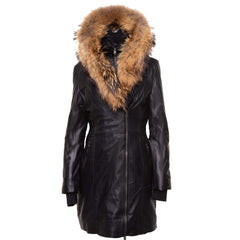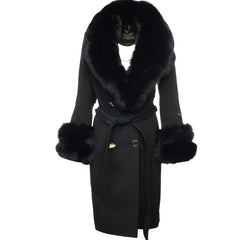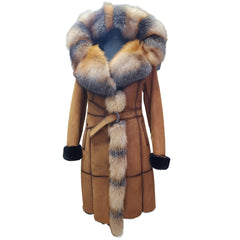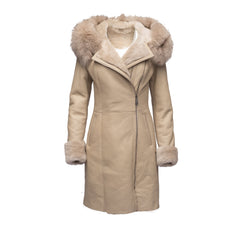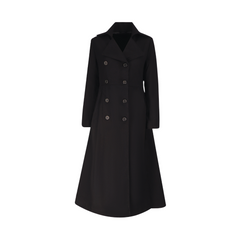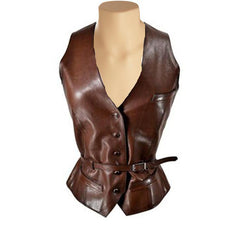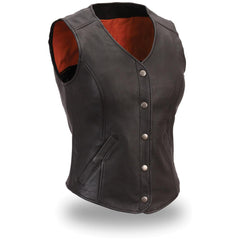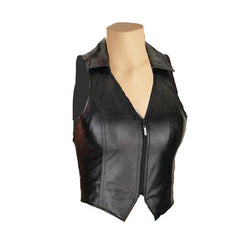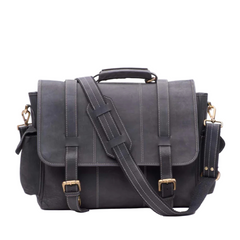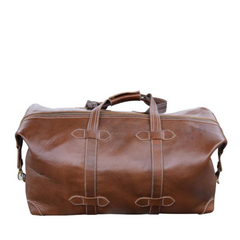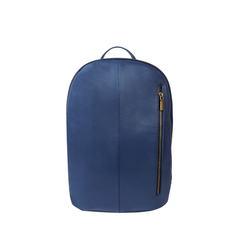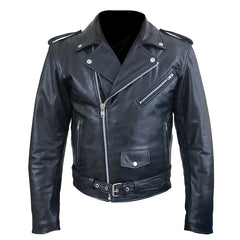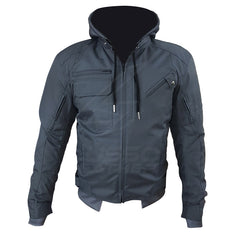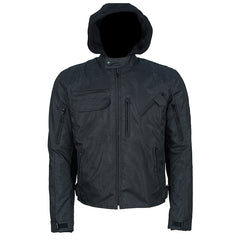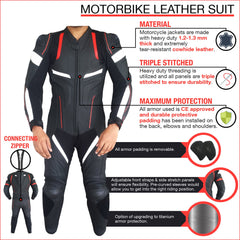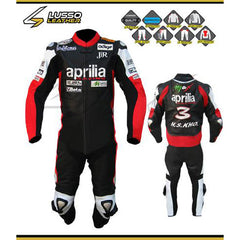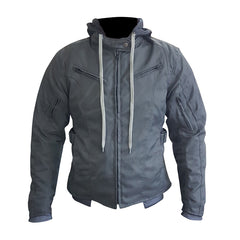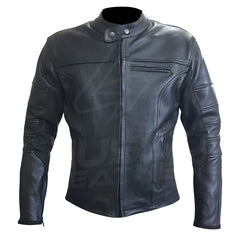What Is Vachetta Leather

What Is Vachetta Leather?
Vachetta leather is a type of untreated, full-grain bovine leather primarily sourced from Italy. The term "bovine leather" simply refers to leather derived from cows, which is the most common source for many types of leather, including Vachetta.
The term "Vachetta" originates from the Italian word for "calf," which reflects its association with high-quality craftsmanship, and this leather is most famously used by luxury brands like Louis Vuitton.
Its most defining characteristic is its ability to develop a rich, dark patina over time due to its lack of protective finishes, making each item unique.
How Vachetta Leather Is Made?
Vachetta leather is made through a meticulous process that emphasizes natural materials and minimal processing, typically via vegetable tanning. Here's a simplified overview:
- Sourcing the Hides: High-quality hides from young cows or steers are selected for their smooth, even surface.
- Preparation: The hides are cleaned and soaked to remove hair.
- Tanning: The hides are placed in vats with natural vegetable tannins for weeks or months.
- Fattening/Oiling: Natural oils are infused to give the leather a soft, silky feel.
- Drying: The leather is dried post-tanning.
- Minimal Finishing: No protective topcoat or artificial dye is added, showcasing its natural beauty and enabling patina development.
This process results in leather known for its light color, soft texture, and natural aging properties.
Common Vachetta Leather Issues And How To Handle Them
Common Issues
- Water Stains and Spots: Absorbs moisture easily, leaving marks.
- Stains from Oils and Dirt: Dark spots can appear from hand oils and grime.
- Scratches and Scuffs: Prone to surface damage due to its softness.
- Uneven Patina and Discoloration: Darkens with sun, oils, and exposure.
- Drying and Cracking: Can occur without proper conditioning.
How to Handle and Prevent These Issues
- Water and Stain Protection: Use guards for untreated leather; avoid water exposure.
- Cleaning: Wipe with soft cloth; use distilled water for light stains; avoid harsh cleaners.
- Conditioning: Use leather conditioner every 6–12 months; test before use.
- Handling and Storage: Use clean hands; store in cotton dust bags away from sunlight and heat.
- Preventing Scratches: Avoid sharp objects; use conditioner for mild scratch removal.
- Embracing the Patina: Accept natural aging as part of its beauty.
Important Note: Always test any product on a small, hidden area before applying broadly.
Application Of Vachetta Leather
- Luxury Handbags: Adds elegance and character over time.
- Wallets and Accessories: Durable and tactile.
- Furniture: Used in high-end sofas, chairs for its style and durability.
- Shoes: Offers comfort, durability, and character with age.
- Luggage: Strong and stylish for frequent use.
- Jewelry and Watches: High-end strap material with natural texture.
- Automotive and Equestrian Goods: Adds premium appeal and longevity.
- Bookbinding: Sophisticated finish for high-end books.
- Art and Craft Projects: Loved by artisans for journals, albums, and custom work.
- Fashion and Clothing: Rarely used in garments, but impactful when applied.
Additional Note: Alternatives like air leather are also popular for breathability and comfort in fashion and footwear.
Vachetta Leather Vs. Other Leather Types
| Feature | Vachetta Leather | Other Common Leather Types |
|---|---|---|
| Tanning Process | Vegetable-tanned; eco-friendly | Often chrome-tanned; faster but less eco-friendly |
| Surface Finish | Untreated; no coating | Usually coated or dyed |
| Color & Patina | Light beige to caramel; develops patina | Stable color; limited patina |
| Texture & Feel | Soft, supple, luxurious | Varies; often less supple if processed |
| Durability | Durable but sensitive to elements | More resistant to stains and water |
| Aging | Becomes more unique with age | Aging is less noticeable |
| Eco-Friendliness | Highly eco-friendly | Less so if chrome-tanned |
| Maintenance | Needs conditioning and care | More forgiving and easier to maintain |
| Common Uses | Luxury goods, belts, shoes, furniture | Jackets, car interiors, general leather products |
Other leather types like microfiber leather and pebbled leather offer additional durability, water resistance, and ease of maintenance, making them suitable for daily use while Vachetta remains a luxurious, artisan choice.
Important Note:
The natural elegance and enduring quality of Vachetta leather stem directly from its nature as a full-grain hide. At Lusso Leather, we apply this same unwavering standard across all our collections: we exclusively use full grain leather. Choosing this top-tier hide ensures every product, whether it is a Vachetta accessory or a classic leather jacket, delivers maximum durability and superior breathability.
Care And Maintenance Of Vachetta Leather
Initial Care
Conditioning
- Purpose: Keeps leather soft and prevents drying/cracking.
- Application: Use a soft cloth, apply a small amount of conditioner in a circular motion, let soak, and buff dry.
- Frequency: Every 6–12 months depending on use and environment.
Protection
- Purpose: Repels water and stains.
- Application: Use a leather-protectant spray; apply evenly and let dry.
- Frequency: Every 6–12 months or as needed.
Daily Care
Handling
- Always use clean, dry hands.
- Avoid contact with liquids and abrasives.
Storage
- Store in a cool, dry place away from sunlight and heat.
- Use breathable cloth covers, not plastic.
Cleaning
1. Routine Cleaning
- Damp Cloth: For routine cleaning, use a soft, damp cloth to gently wipe the surface of the leather. Avoid using harsh chemicals or excessive water.
- Leather Cleaner: For tougher stains, use a mild leather cleaner specifically designed for untreated leather. Test the cleaner on an inconspicuous area first to ensure it does not damage the leather.
2. Specific Stains
- Water Stains: Blot any water immediately with a clean, dry cloth to prevent watermarks. Consider using a water-repellent spray for added protection.
- Oil and Grease Stains: Use a leather cleaner or a mixture of mild soap and water to gently clean the affected area. Avoid using alcohol or solvents, which can damage the leather.
- Ink and Pen Stains: For ink stains, use a leather cleaner or a small amount of rubbing alcohol on a cotton swab. Test on an inconspicuous area first.
- Scuffs and Scratches: For minor scuffs, use a leather conditioner to help restore the surface. For deeper scratches, professional leather repair may be necessary.
Long-Term Maintenance
1. Conditioning
- Regular Application: Continue to condition your Vachetta leather items regularly to maintain their softness and prevent drying and cracking.
- Buffing: After conditioning, buff the leather with a clean, dry cloth to restore its natural shine.
2. Patina Development
- Embrace the Patina: The patina that develops over time is a natural part of Vachetta leather’s aging process. Embrace the unique character it adds to your items.
- Even Exposure: To maintain an even patina, ensure that your leather items are exposed to similar conditions over time. Avoid exposing one part of the item to more sunlight or wear than others.
It may be added here that in contrast, microfiber leather which is known for its synthetic composition and superior water resistance offers a different aesthetic and durability profile, making it suitable for different applications and preferences.
Conclusion
Wrapping it up, Vachetta leather is a natural, vegetable-tanned leather prized for its soft texture, eco-friendly production, and unique ability to develop a rich patina over time. While this leather is highly durable, its untreated nature makes it more susceptible to stains and water damage compared to other leather types like Crazy Horse Leather.
Commonly used in high-end handbags, accessories, and footwear, Vachetta leather stands apart from other leather types by embracing natural aging and sustainability.
FAQs - What Is Vachetta Leather
Is Vachetta Real Leather?
Yes, vachetta is real, high-quality, full-grain, vegetable-tanned leather, typically made from calf or cowhide. It is known for its natural, untreated surface that develops a rich patina over time.
Why Is Vachetta Leather So Expensive?
Vachetta leather is expensive because it’s high-quality, full-grain, vegetable-tanned leather that requires skilled craftsmanship and time-intensive production. Its natural, untreated surface ages beautifully, developing a unique patina, adding to its luxury appeal.
Can Vachetta Leather Get Wet?
Yes, vachetta leather can get wet, but water can cause stains, darkening, or warping. It’s untreated and absorbent, so it’s best to avoid moisture. If wet, gently blot (don’t rub) and let it air dry naturally.










